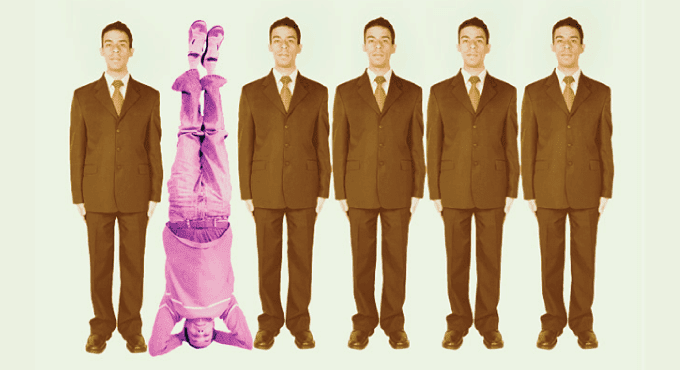
Everyone has his or her own personal "style". Some people wear designer name brands, some people can wear almost anything and look like the coolest person in the room and some people just don't care about their personal style and prefer to wear sweatpants to fancy restaurants. While style is often thought to be similar to fashion sense, the dictionary definition refers to style as "a manner of doing something". Dressing yourself in fashionable clothes is one way to express your style, but so is every other task you complete in a day. Since we all spend a bunch of time each day working, we're going to spend some time thinking about "workstyle" and how it can affect job performance.
What is Workstyle?
Workstyle is the correlation between an employees personality and on-the-job performance. By looking at key workstyle metrics, employers are able to get a better understanding of the employees' personality and behavior. A workstyle performance profile paints a picture of employee behavior in everyday situations by looking at categories such as temperament, competitiveness, adherence to rules and social behavior. While this information is helpful when hiring, it is also important information for the ongoing development and training of all your employees.
Why is Workstyle Important? The Story of Charlie Morecraft…
Workstyle is directly related to safety and is key to developing a strong workplace safety culture. Let's look at the example of Charlie Morecraft. Charlie worked as an operator who refined raw products into gasoline at an Exxon oil refinery for 27 years. In the eyes of management, Charlie was a good employee who worked hard, met his marks and often worked overtime shifts when needed. Even though Exxon had daily safety meetings, Charlie paid little attention to safety procedures because he believed that they usually countered the efficiency and speed in which he was able to complete his job.
One day, Charlie's failure to abide by safety values and procedures resulted in a serious incident that left him with serious burns. As a result, he spent five years in and out of the hospital. In addition to the trauma that Charlie and his family underwent, this single incident caused Exxon 600,000 worker hours. Charlie's workstyle caused him to behave in an unsafe manner that went against Exxon's safety culture. Perhaps if Charlie and management had been aware of his workstyle and the potential consequences of his high-risk behaviours, individualised coaching could have been done to avoid this unfortunate incident.
Using Workstyle to Make Your Organization Safer
Over the past 20 years, most organizations have based their safety methods on a variety of strategies including using safer equipment, enhancing procedures, reducing occupational stress and strain and instituting and promoting a safety culture. However, the stats show that organizations are still struggling with workplace risks and safety.
By taking into consideration the psychological makeup of the worker, your organization can further reduce injuries and incidents. Evaluate and assess individuals working in safety sensitive settings and be aware of their individual workstyles. Employers can systematically screen job candidates for positions where on-the-job injuries occur when proper safety rules and precautions are not followed. Applicants identified as higher risk for incidents due to workstyle differences can also be placed in less hazardous jobs or placed in special safety training or programs designed to reduce their chances of causing work related incidents.
Understanding your employees workstyle will help ensure that your people are working in jobs that best match their personalities and that potential at-risk behaviours can be identified and remedied, long before a serious accident occurs.










